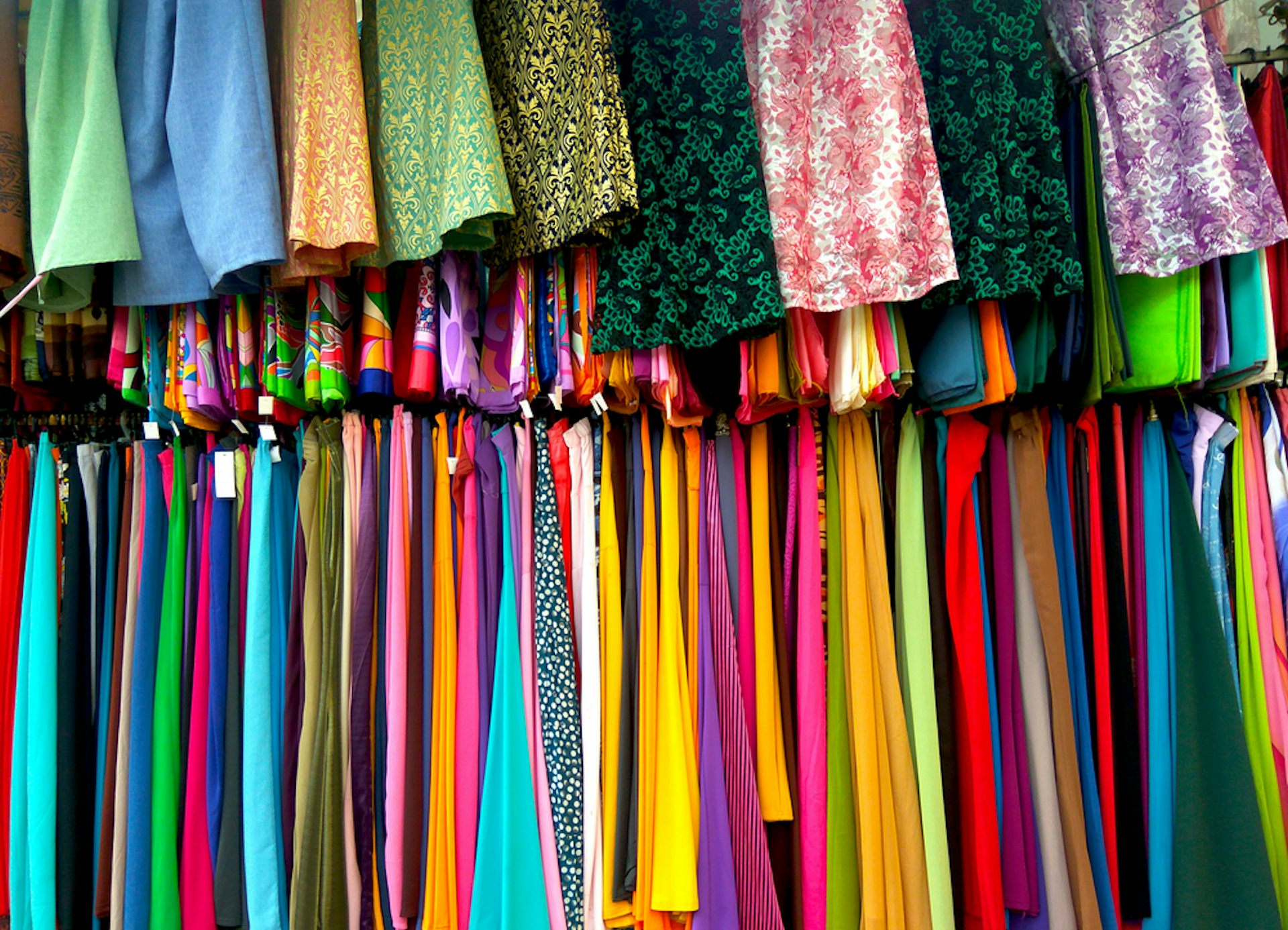
The textile industry has undergone a massive transformation in the 21st century, propelled by rapid technological advancements dogpiled.com and evolving consumer demands. shaapstechnologies.com The combination of these factors has led to the emergence of new materials, innovative production methods, and sustainable practices that are redefining the future of this sector.
One significant development in textiles is the rise of smart fabrics. These technologically advanced materials can change color, generate electricity, monitor health status or even increase body strength depending on their design. They are being used in a variety of applications from fashion to healthcare and sports equipment. For instance, athletes now wear clothing made from fabrics that can track vital signs while designers create garments that react to environmental changes such as temperature or light.
Another major trend shaping the textile industry’s future is mortgagebrokerdallastexas.com sustainability. As awareness about environmental issues grows globally, consumers increasingly demand eco-friendly products with minimal impact on nature. This shift towards conscious consumption has compelled textile manufacturers to adopt green practices like using organic fibers, recycling waste material into new products and reducing water usage during production processes.
Innovations in manufacturing techniques also play a crucial role in defining what’s next for textiles. 3D printing technology is revolutionizing how we produce clothes by allowing for customization at an unprecedented level while cutting down on waste generation significantly. It enables designers to create intricate patterns and structures which would be impossible to achieve through traditional methods.
Furthermore, nanotechnology offers immense potential for developing high-performance textiles with extraordinary properties like superhydrophobicity (water-repelling), flame resistance or antibacterial activity among others. Such advances not only enhance product functionalities but also open up new market opportunities for textile companies.
Artificial Intelligence (AI) is another game-changer transforming various aspects of the textile industry from design creation jpmatthews.com to supply chain management and customer service operations. AI-powered systems can predict fashion trends accurately based on ebayglobalshopping.com data analysis helping businesses stay ahead of competition while automated robots streamline warehouse tasks improving efficiency considerably.
However, despite these promising developments, the textile industry also faces significant challenges in the 21st century. Issues like labor exploitation in low-income countries and pollution caused by synthetic fibers still persist requiring urgent attention from stakeholders.
In conclusion, the textile industry’s future looks exciting with technology fabetlive.com paving the way for innovative materials and sustainable practices. The sector is poised to become more dynamic and consumer-centric than ever before as it adapts to changing market realities. However, achieving this vision would require concerted efforts from all players involved – manufacturers, designers, governments and consumers alike autofesbuk.com – towards fostering a responsible and inclusive textile ecosystem that benefits not just stokesapp.com our economy but also our planet.


